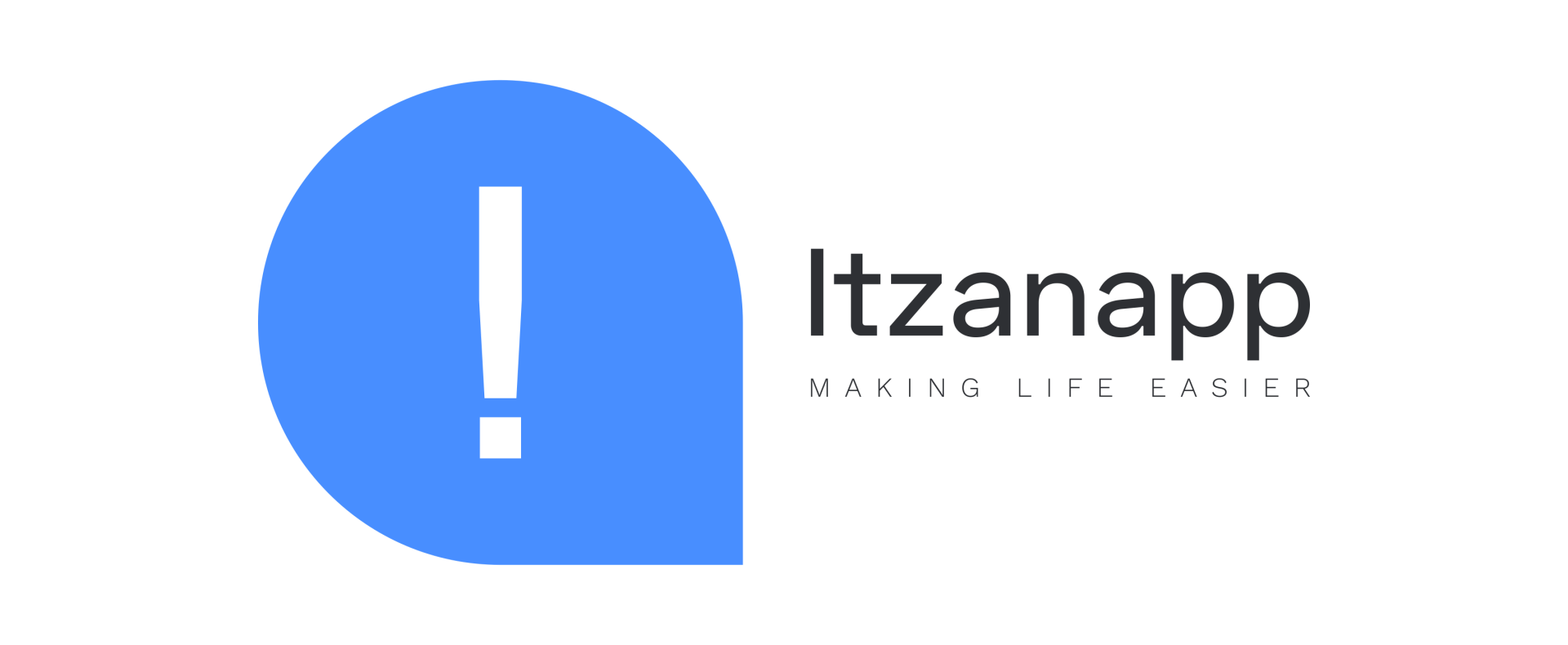Protecting Your App Idea
Legal Considerations and Best Practices

In today’s digital landscape, having a great app idea is just the beginning. The real challenge is ensuring that your idea remains protected from competitors, copycats, or even development partners who might misuse it. Understanding intellectual property (IP) rights and legal protections can help you safeguard your app and maximize its potential. In this article, we will explore key legal considerations and best practices to protect your app idea.
1. Understanding Intellectual Property Rights
Before taking any legal action, it’s essential to understand the different types of intellectual property (IP) protections available for mobile apps:
- Patents – Protect unique app functionalities and processes.
- Copyrights – Cover the app’s code, content, and original design elements.
- Trademarks – Secure brand identity, including app names, logos, and slogans.
- Trade Secrets – Protect confidential business methods and proprietary algorithms.
Each of these legal tools plays a unique role in protecting your app, and using a combination of them is often the best strategy.
2. Non-Disclosure Agreements (NDAs)
One of the first and easiest steps in protecting your app idea is using Non-Disclosure Agreements (NDAs). These legally binding contracts prevent individuals, businesses, or investors from sharing or stealing your concept.
Best Practices:
- Use NDAs when discussing your app with potential developers, designers, or investors.
- Ensure NDAs include specific terms about confidentiality and non-compete clauses.
- Have all stakeholders sign the agreement before any discussions begin.
3. Patents: Protecting Unique Features
A patent can protect your app’s unique functionalities, processes, or systems. However, patents are complex and require time and financial investment.
Key Steps:
- Conduct a Patent Search – Ensure your app’s functionality is novel and hasn’t already been patented.
- File for a Provisional Patent – This gives you a 12-month window to develop and refine your app while securing an early filing date.
- Apply for a Utility Patent – If your app’s functionality is truly innovative, consider filing for a full patent with the U.S. Patent and Trademark Office (USPTO) or relevant international patent offices.
Considerations:
- Patents do not cover general app ideas, only specific implementations and functions.
- It can take years to receive approval, so weigh the cost vs. benefit carefully.
4. Copyrights: Securing Your Code and Content
A copyright automatically protects the original code, UI/UX design, and content (e.g., text, images, and sounds) of your app.
Steps to Protect Your App with Copyright:
- Document your work – Keep detailed records of code versions, designs, and creative content.
- Register your copyright – In the U.S., you can register your software with the U.S. Copyright Office to create a public record of ownership.
- Include copyright notices – Adding a copyright statement in your app’s code, UI, and official documentation can deter potential infringers.
5. Trademarks: Protecting Your Brand
A trademark ensures that your app’s name, logo, and tagline remain legally protected, preventing others from using a similar brand identity.
How to Secure a Trademark:
- Conduct a Trademark Search – Ensure your app name or logo isn’t already trademarked by another entity.
- File a Trademark Application – Register your app’s name and branding with the USPTO or your country’s intellectual property office.
- Monitor & Enforce – Regularly check for potential infringements and enforce your rights through legal action if necessary.
6. Trade Secrets and Confidentiality Measures
If your app relies on proprietary algorithms, unique data processing methods, or special business logic, protecting these as trade secrets is crucial.
Best Practices:
- Limit access to confidential information within your team.
- Use restricted access controls on sensitive data.
- Sign agreements with developers and employees to maintain secrecy.
- See More in Our Blog Article About Terms of Service and Policies.
Protecting your app idea requires a combination of legal strategies, from securing NDAs and patents to registering copyrights and trademarks. By taking these proactive steps, you can safeguard your hard work, prevent theft, and increase your app’s long-term success.
If you’re developing an app and need guidance, reach out to ItzAnApp LLC. Our experts can help you navigate intellectual property considerations, project management, and marketing strategies to bring your app to life while keeping it secure.
#AppProtection #IntellectualProperty #AppDevelopment #ProtectYourAppIdea #AppLegalConsiderations #AppPatents #CopyrightForApps #TrademarkYourApp #NDAsForApps #AppSecurity




